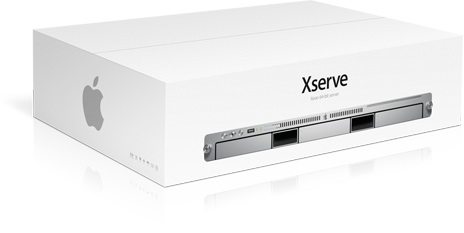

(Do you feel like a Tiger power user yet?) When you monitor CPU usage from the Dock, the green portion of the bar indicates the amount of processor time used by the application program, and the red portion of the bar indicates the CPU time given to Mac OS X (just like the CPU History window). Choose View -> Dock Icon Then choose the type of real-time graph you want to display in the Dock. You can even monitor CPU, network, hard disk or memory usage right from the Dock. If this remains The scale is at its peak for extended periods of time while using a range of applications, the processor is fully functional. Use real-time feedback to determine how well the system’s CPU will perform when running applications or performing tasks in Mac OS X. Whichever display type you choose, you can drag the window anywhere you want on the Mac OS X desktop. You can use the History window to view CPU usage over time. Help determine what percentage of CPU time your apps use (in green) and what percentage Tiger uses to keep things running (in red). The screen works like a floating window.ĬPU history window:This scroll screen uses different colors for You can arrange the floating window in landscape or portrait mode from the Window menu.ĬPU Usage Window: This is the standard CPU monitoring window, which uses a blue screen that looks like a thermometer. Activity Monitor gives you a choice of three different types of CPU (the central processing unit, usually called the “brain” of your Macintosh) displays:ĬPU Floating Window: This is the smallest width of the CPU usage The higher the CPU usage, the higher the reading on the screen. You can also display a separate window with your CPU Choose Window -> Show CPU Usage or press Command + 2. For example, if you click on System Memory, you will see the amount of unused memory Click CPU or Network to view the real-time usage of your Mac’s CPU and network connections. To view each of the different types of use, click the buttons in the lower half of the window The bottom panel changes to reflect the desired type (see Figure 1). To run Activity Monitor, open the Utilities folder in the Applications folder. If clearing RAM didn’t help you to speed up your Mac, read our previous article 7 Steps to increase Mac’s speed.Tracking Performance with Activity Monitor in Mac OS XĪctivity Monitor is a useful application that is specifically designed to show you how hard your CPU, hard drives, network equipment, and memory modules are working behind the scenes.

Memory monitor mac os x free#
You can use a free Memory Cleaner for all these tasks.
Memory monitor mac os x how to#
Now you know how to check the memory on Mac and what to do when your Mac is running out of free memory. It will take just a few seconds to complete the cleaning of Mac RAM memory. Click on the application’s icon in the toolbar.So follow these steps to free up RAM on Mac: Also, the apps can automatically clear RAM each time your Mac is running out of free memory or each time you close apps that are using a lot of memory. You can use Memory Cleaner to clear RAM on Mac with just one click. So read on to learn the best way to free up memory on Mac. It is inconvenient at least since it interrupts your work on the computer. However, the idea of restarting the system each time you need to free up RAM is not the best choice. Restarting the system empties the RAM and disk caches and as a result, helps to fix a slow Mac. The simplest way to free up RAM on Mac is to restart your computer. Here you will find the next information about memory on Mac: Click the application icon in the toolbar.With Memory Cleaner you view how much RAM each application uses and clear inactive RAM memory. You can view Mac memory usage with a free application Memory Cleaner. How to check memory usage on Mac with Memory Cleaner At the bottom of the window, you can see an amount of used memory, operation diagram and other information of RAM usage. Here you can view the detailed information about the memory usage by apps and all processes of your system.Launch the Activity Monitor application.How to check memory usage on Mac with Activity Monitor Learn both of them and choose the easiest for you way to check memory usage and free up inactive RAM memory on Mac. This tutorial covers two of them: using the Activity Monitor and using a special tool Memory Cleaner.

There are different ways to check application memory usage on Mac. Here you can see how much memory is installed on your Mac.Go To Apple Menu (find the Apple sign in the top left corner of the screen).How to check memory usage by apps on Mac.įollow these steps to get Mac memory information: In this article, we will explain how to check Mac RAM usage and how to free up RAM to fix a slow Mac.Ģ. If any app you open on your system runs out of the memory, it may slow your Mac down. The Mac’s performance speed depends on Mac memory volume.


 0 kommentar(er)
0 kommentar(er)
